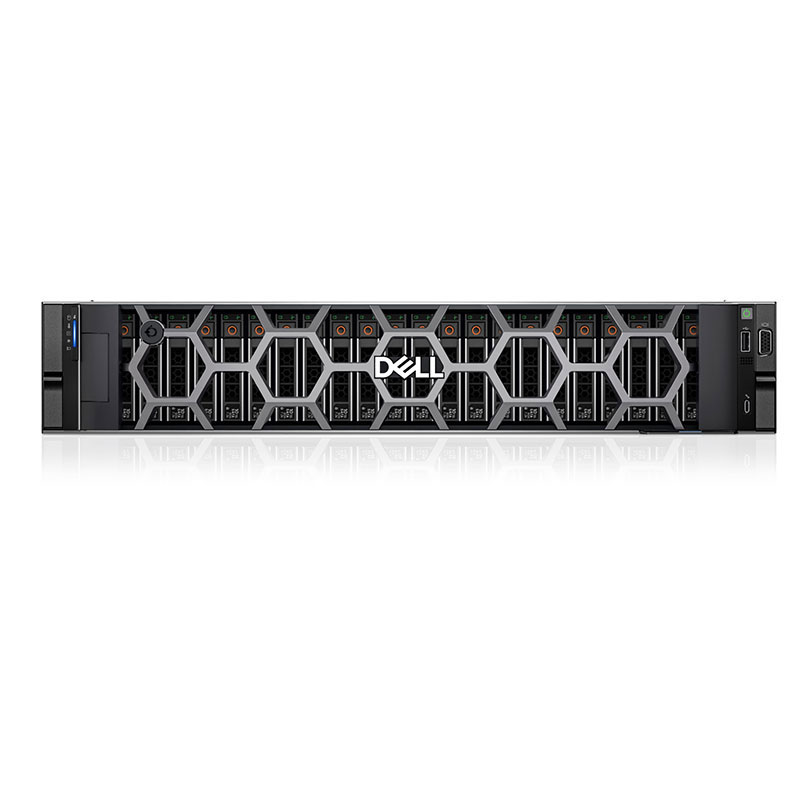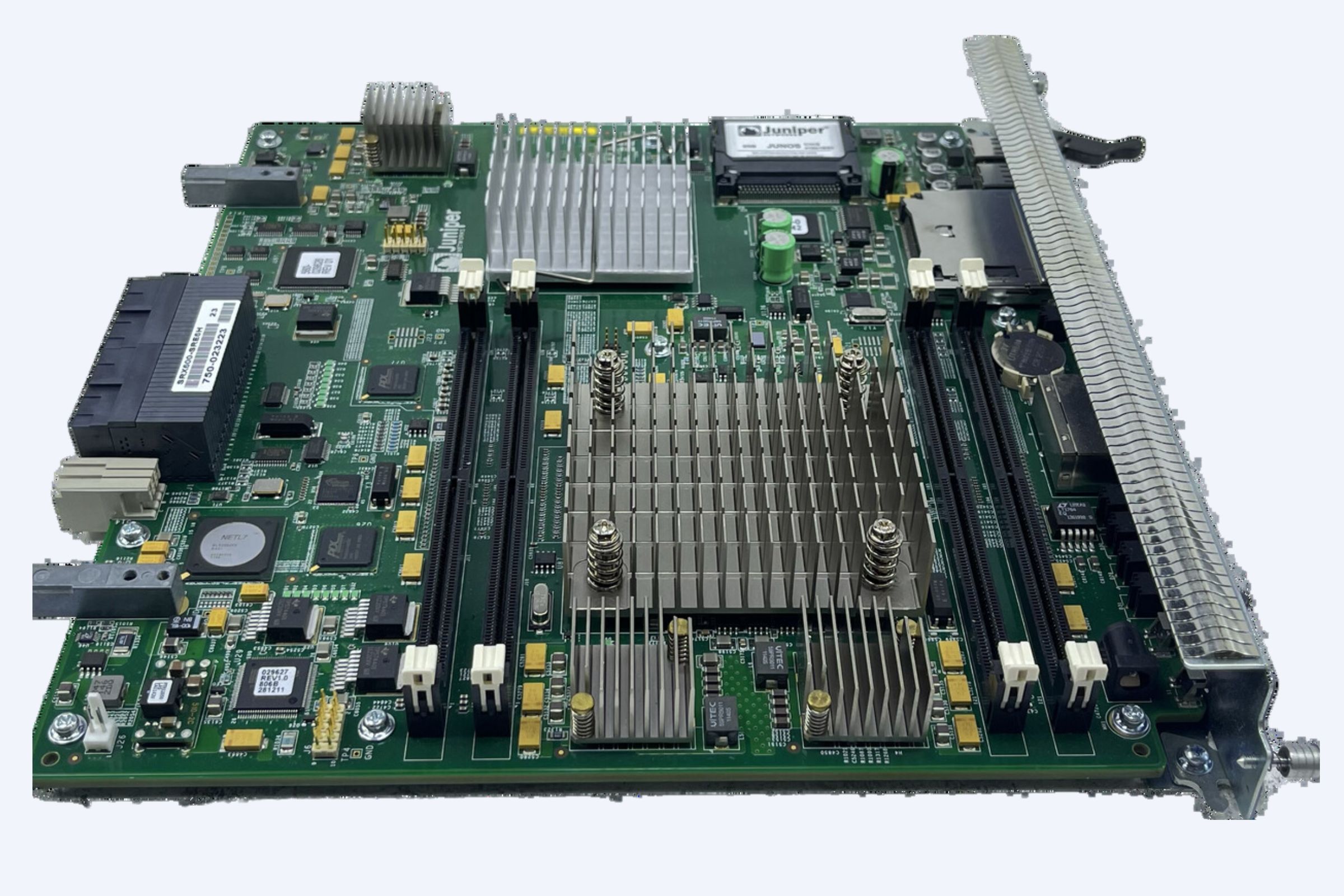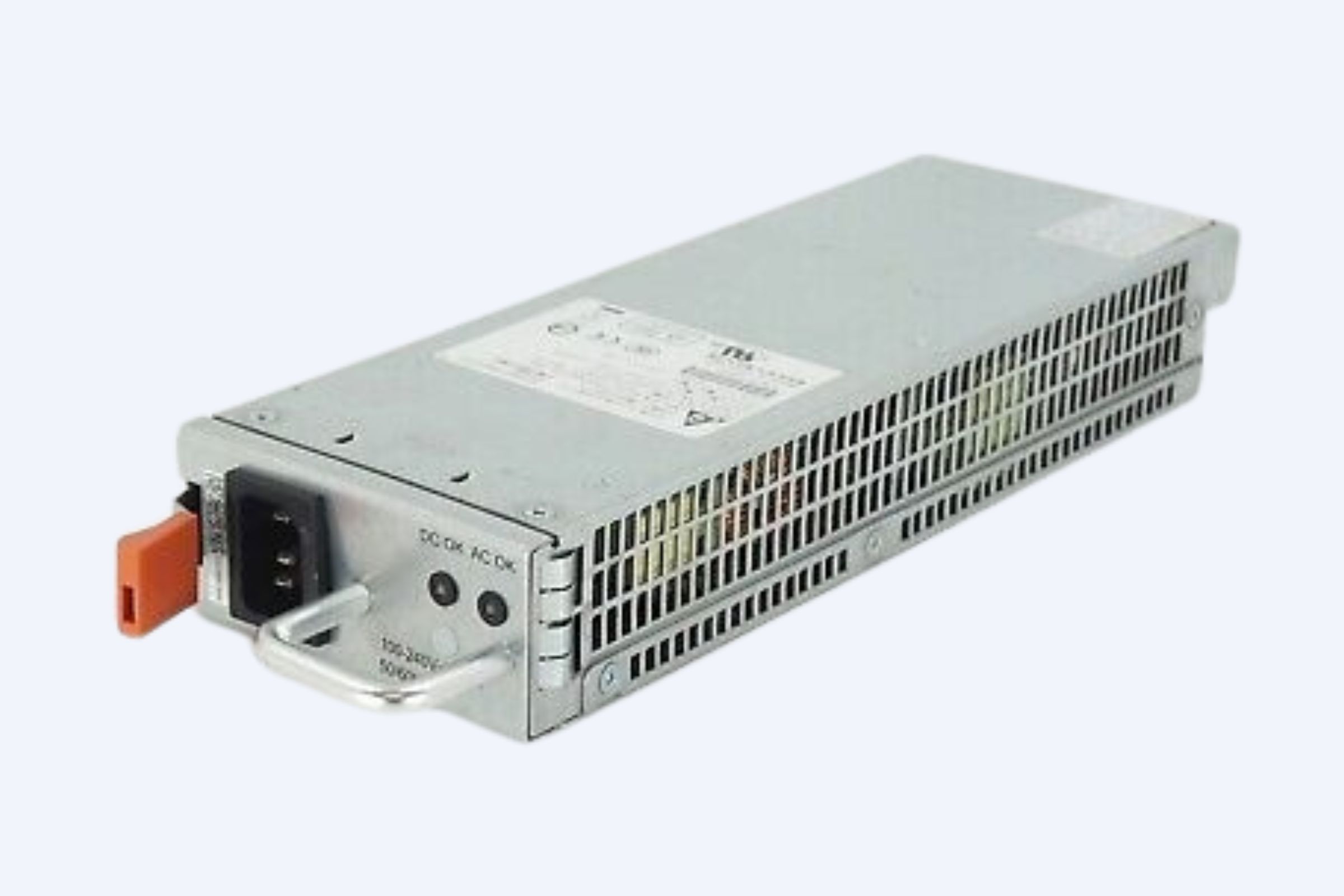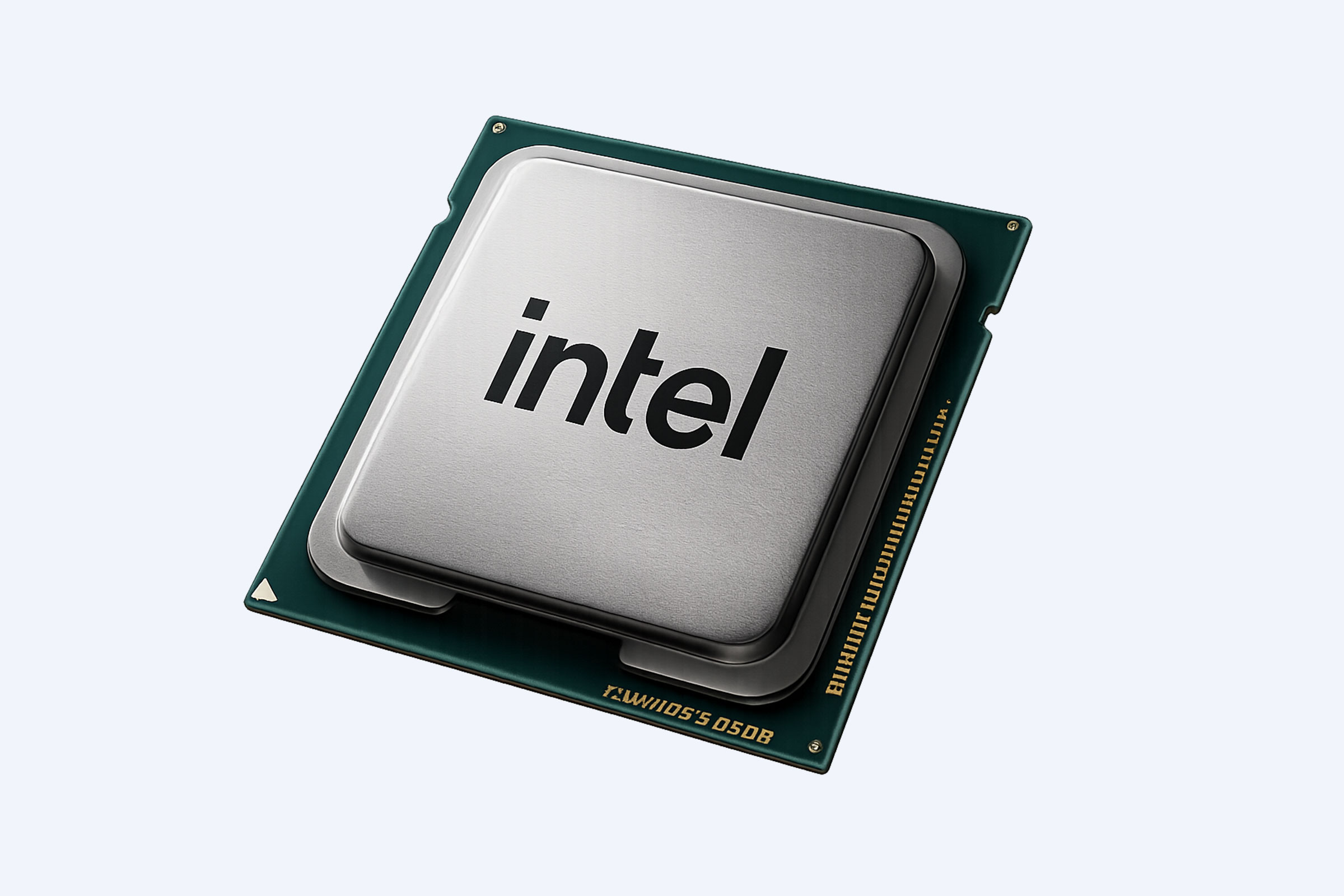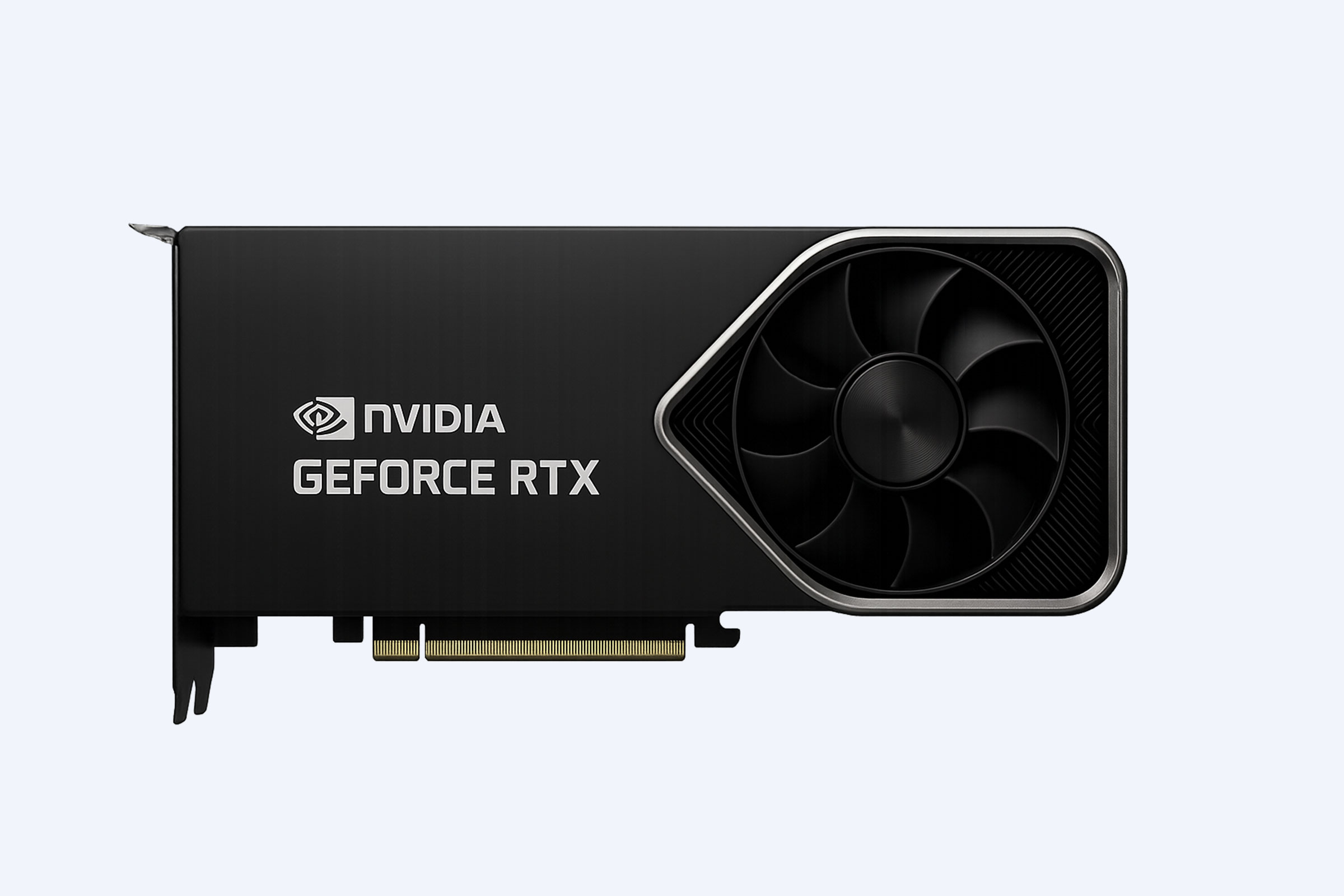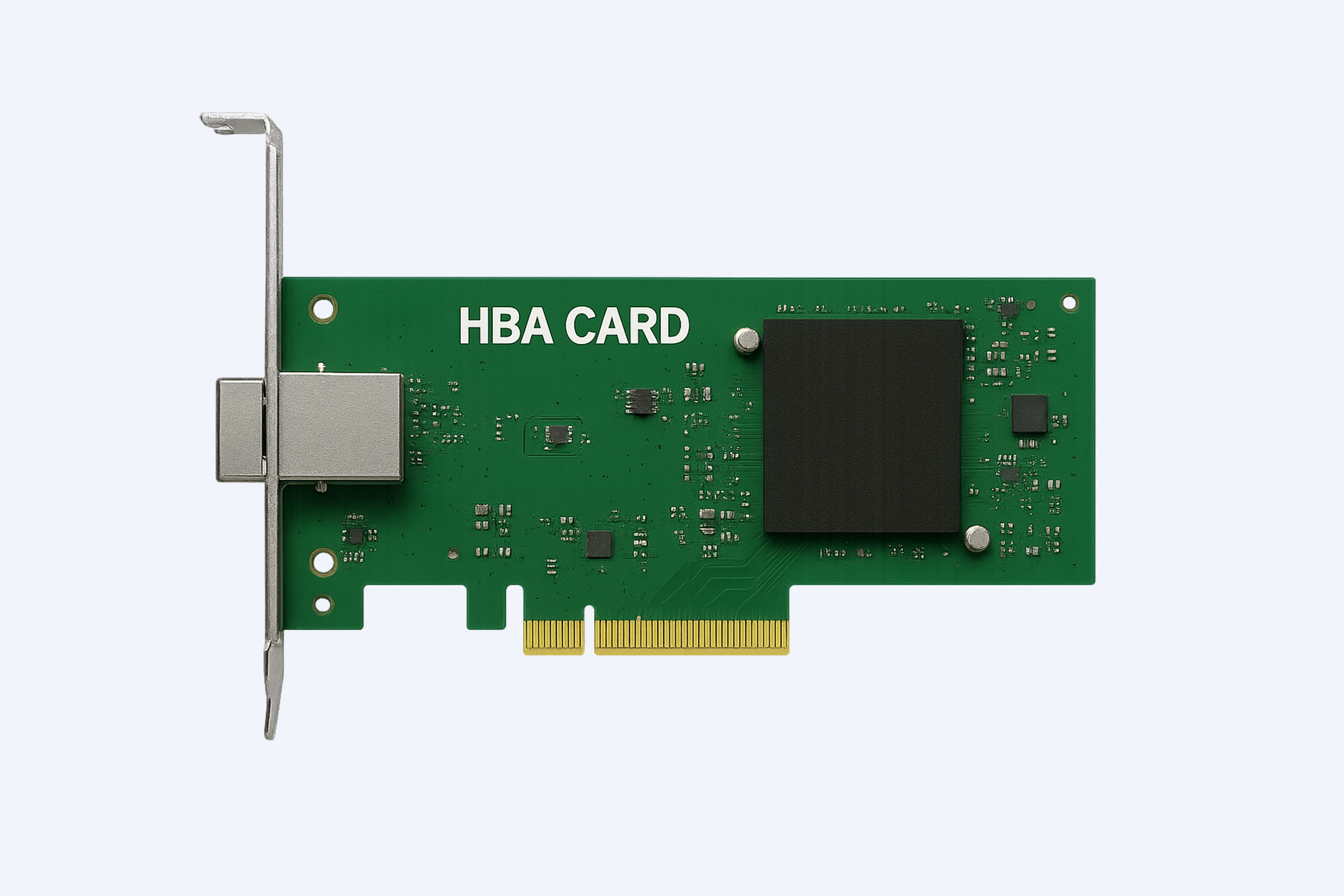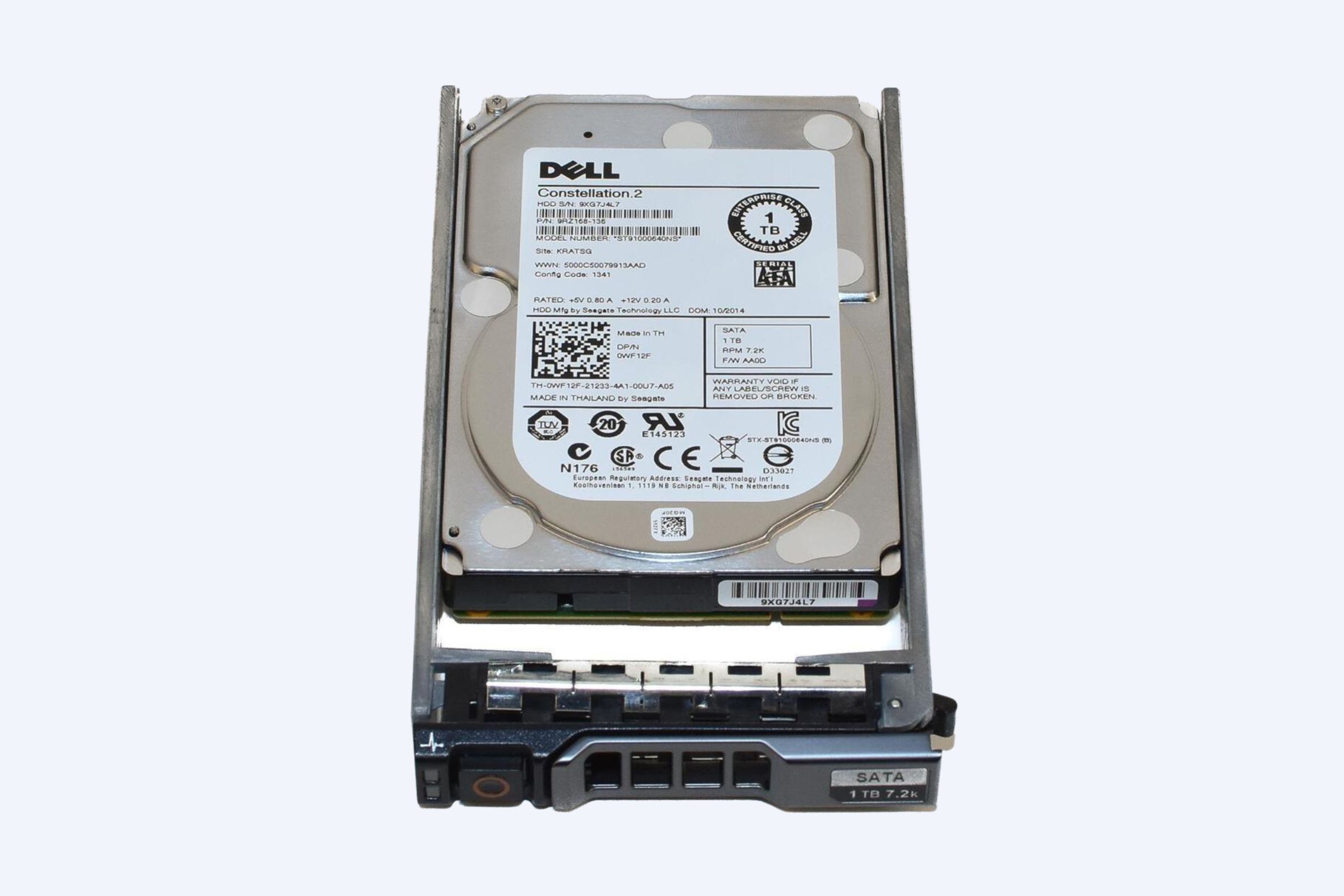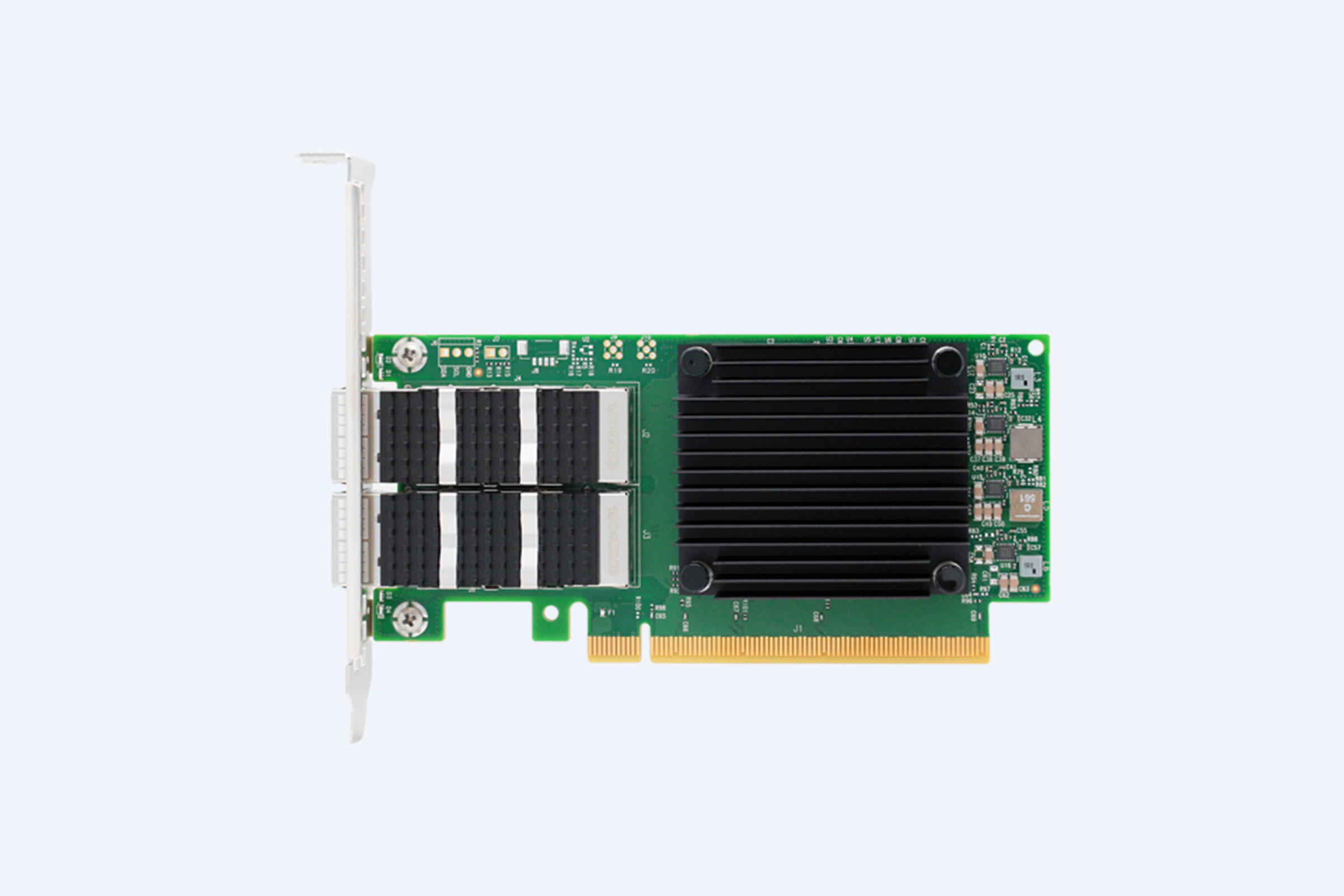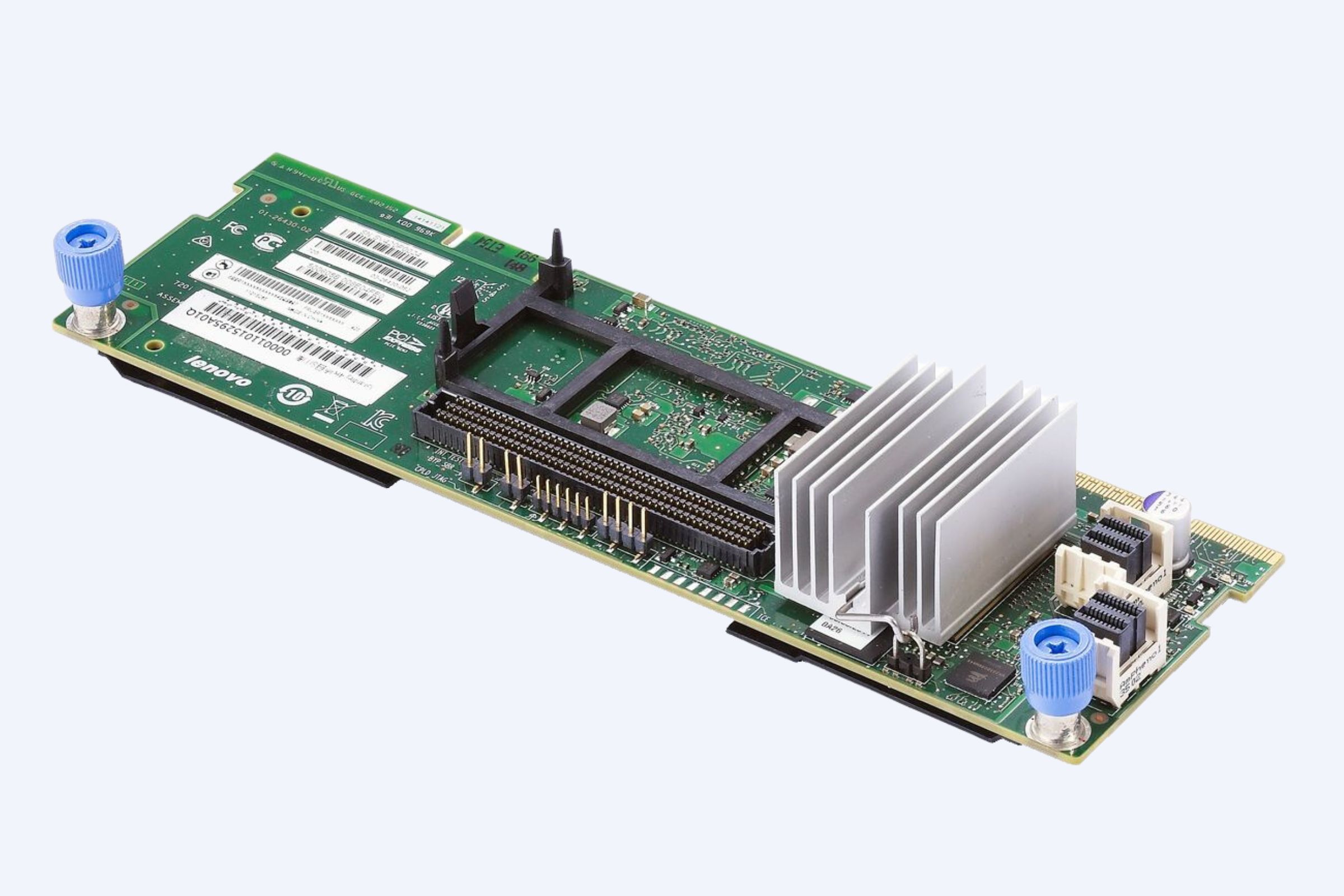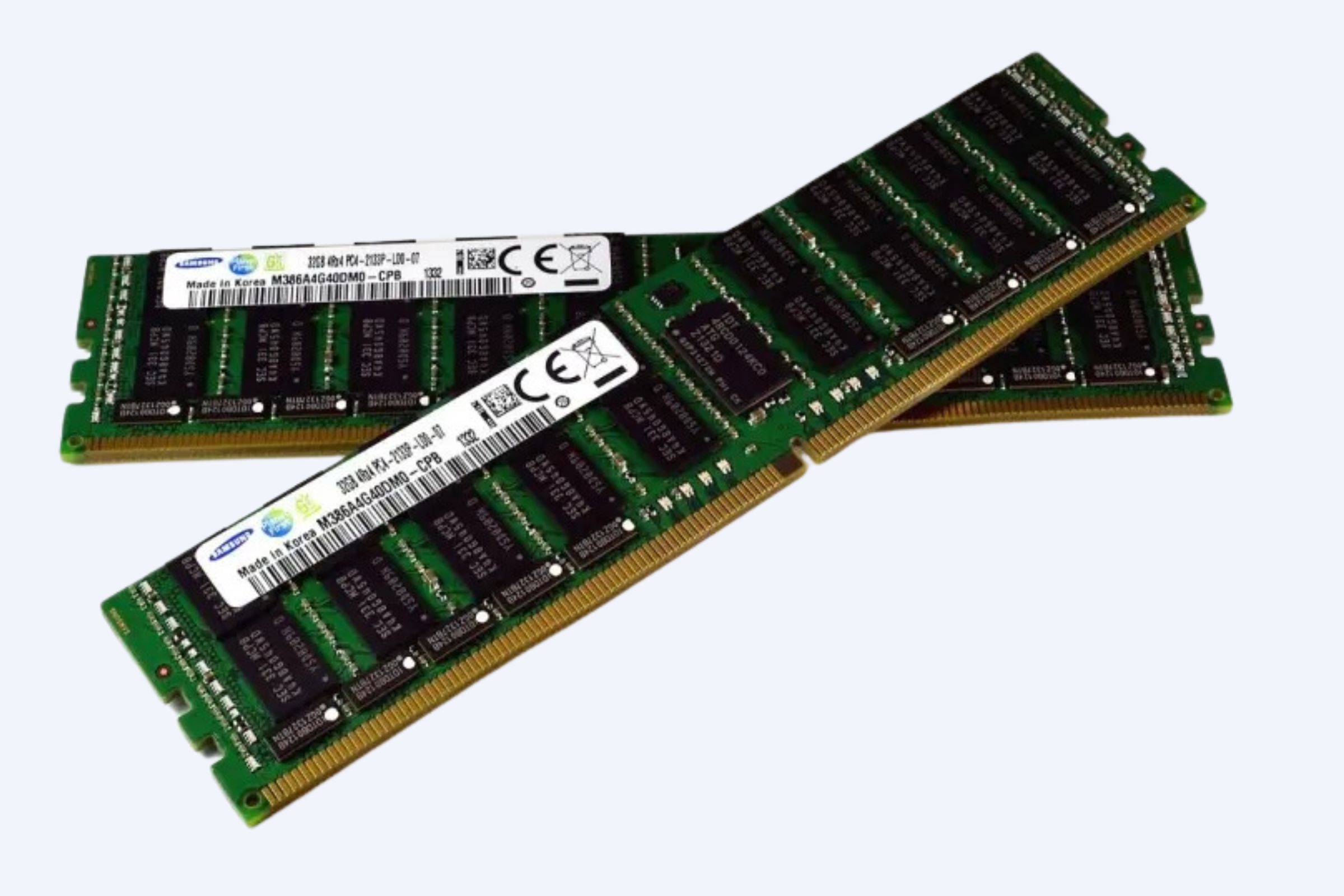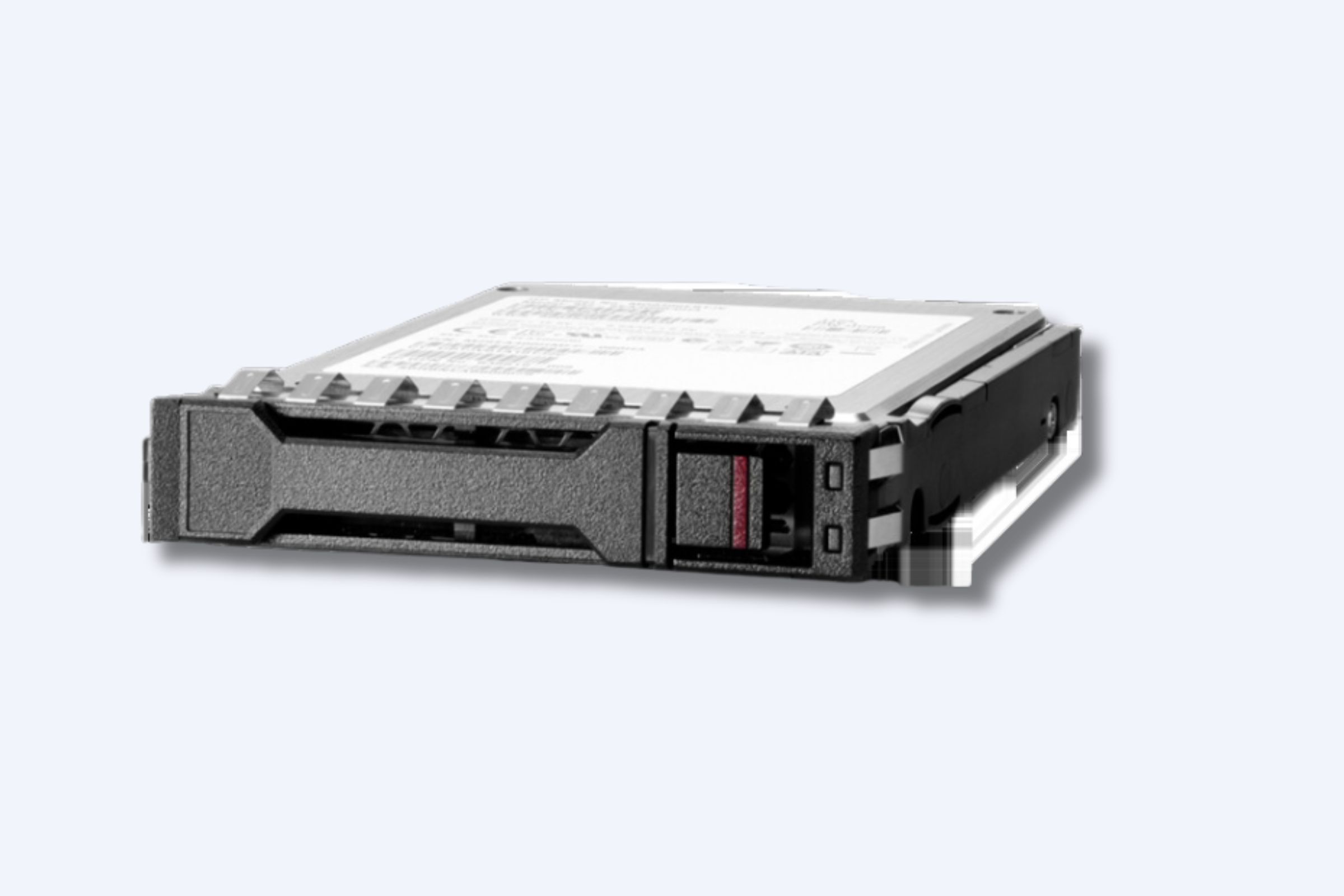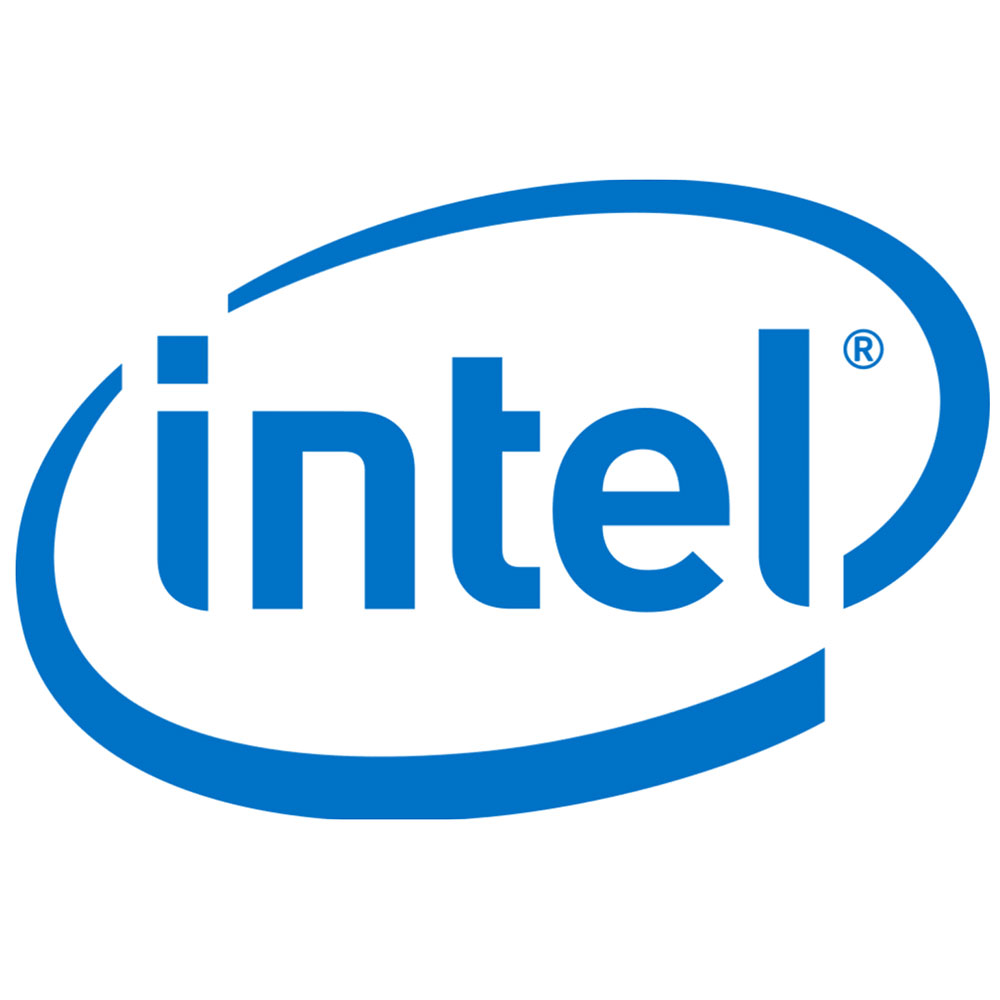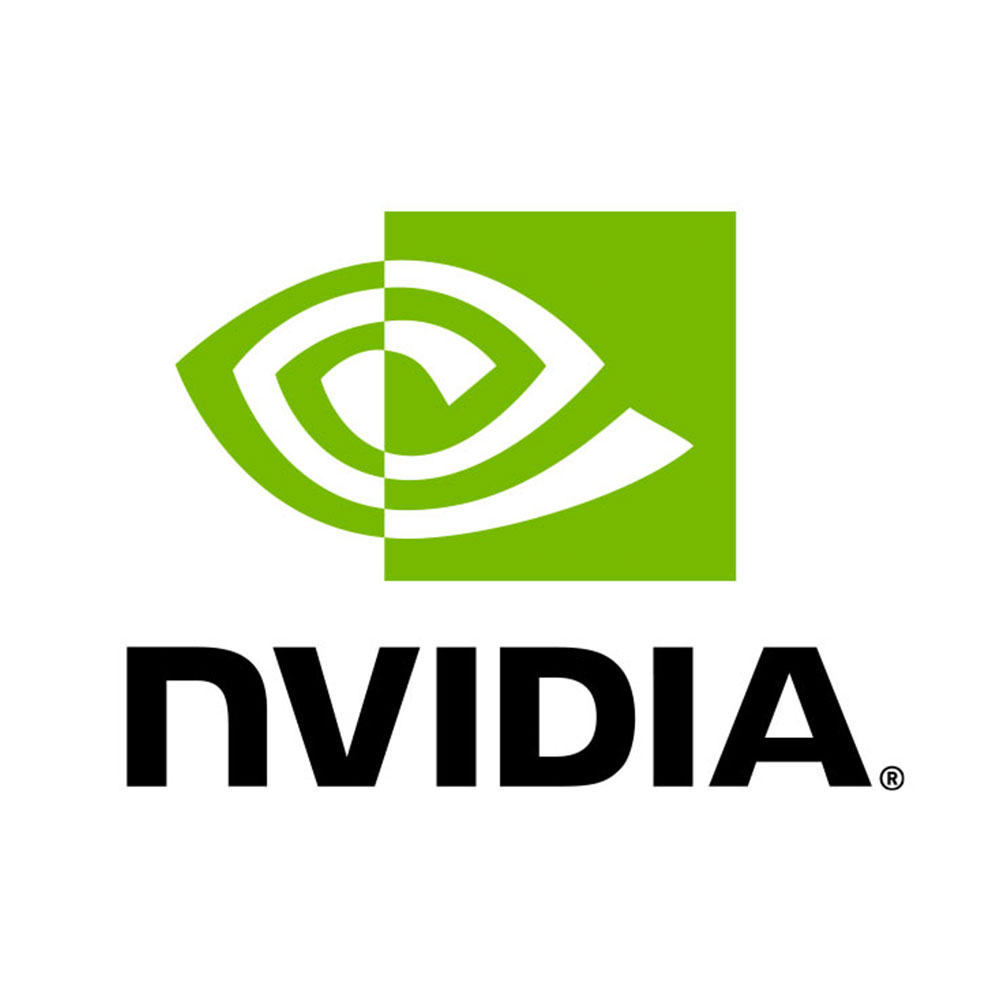or professional computing — choosing the right graphics card (GPU) manufacturer is a critical step. The two main competitors in this space are NVIDIA and AMD. Both offer a wide range of GPUs that serve various needs and budgets, but they differ in performance, technology, pricing, and ecosystem support.
This article provides a clear comparison of the two leading GPU manufacturers to help users make an informed decision based on their requirements.
🔍 Comparison Overview
| Category | NVIDIA | AMD |
|---|---|---|
| GPU Series | GeForce RTX, Quadro, Tesla | Radeon RX, Radeon Pro, Instinct |
| Ray Tracing | Advanced (RT cores, DLSS support) | Available (less mature, FSR instead of DLSS) |
| AI Acceleration | Strong (Tensor Cores, DLSS 3.5, RTX Remix) | Moderate (less AI-driven features) |
| Driver Stability | Very stable, frequently updated | Improved greatly, still behind in pro apps |
| Performance per Watt | Generally higher efficiency | Good, but varies by generation |
| Pricing | More expensive overall | More cost-effective in many segments |
| Software Ecosystem | Strong (CUDA, Omniverse, Studio Drivers) | Good (OpenCL, ROCm, Adrenalin Software) |
| Streaming/Recording | NVENC encoder is industry leading | Relatively capable, but not as refined |
| Availability | Broad distribution, stronger supply | Sometimes more affordable and available |
🎮 Gaming Performance
- NVIDIA GeForce RTX series is the go-to choice for high-end 4K gaming and real-time ray tracing with mature support across titles.
- AMD Radeon RX series delivers excellent performance in rasterization-based games, often offering better price-to-performance ratios in the mid-range market.
Verdict:
- Choose NVIDIA for the most advanced features and future-ready gaming.
- Choose AMD for solid performance and budget-conscious builds.
🎨 Creative and Professional Workloads
- NVIDIA dominates creative applications due to its CUDA cores, Studio Drivers, and compatibility with AI-accelerated workflows (e.g., Blender, DaVinci Resolve, Adobe Suite).
- AMD Radeon Pro cards offer good performance in workstation environments, but some professional apps still favor NVIDIA.
Verdict:
- NVIDIA is preferred for 3D rendering, AI, and video editing professionals.
- AMD is viable for general creative work but may lack support in specialized tools.
🔧 Software and Ecosystem
- NVIDIA’s DLSS (Deep Learning Super Sampling) and RTX technologies enhance game visuals and performance via AI.
- AMD’s response, FSR (FidelityFX Super Resolution), is more open and less hardware-dependent, but not as refined yet.
- NVIDIA’s CUDA is essential in many GPU-accelerated scientific and machine learning applications.
💰 Price and Value
- AMD GPUs often provide better value per dollar, especially in the mid-range and entry-level categories.
- NVIDIA’s top-tier models command a premium but include cutting-edge features that justify the price for enthusiasts and professionals.
✅ Which to Choose?
| Use Case | Recommended Brand |
|---|---|
| High-end gaming with ray tracing | NVIDIA |
| Budget or mid-range gaming | AMD |
| Professional creative workloads | NVIDIA |
| General-purpose and casual use | AMD |
| AI and ML development | NVIDIA (CUDA) |
📝 Conclusion
Both NVIDIA and AMD offer compelling GPUs, but your choice depends on your primary use case and budget:
- Choose NVIDIA for cutting-edge features, AI capabilities, and creative workloads.
- Choose AMD for cost-effective performance, solid gaming, and open technology support.
Understanding your priorities — be it raw performance, future-proofing, or affordability — is the key to selecting the right graphics card manufacturer.



